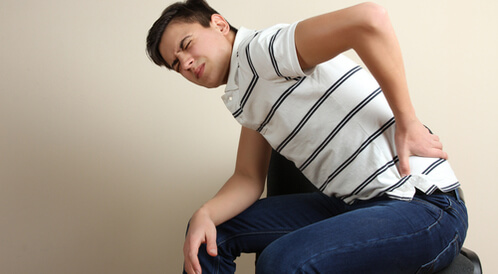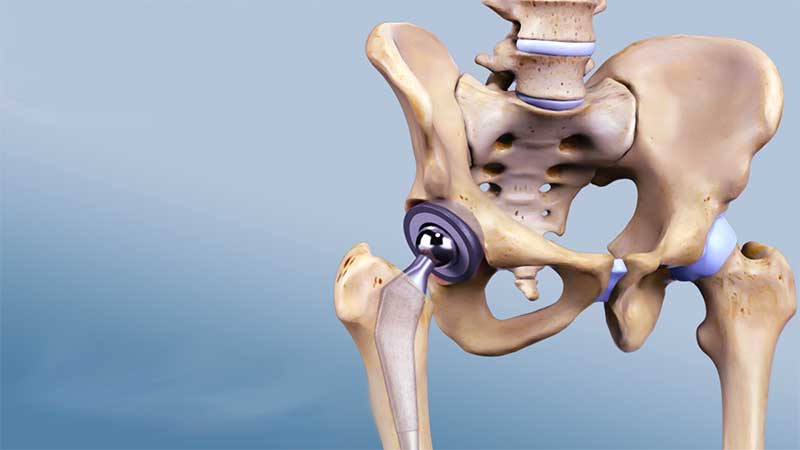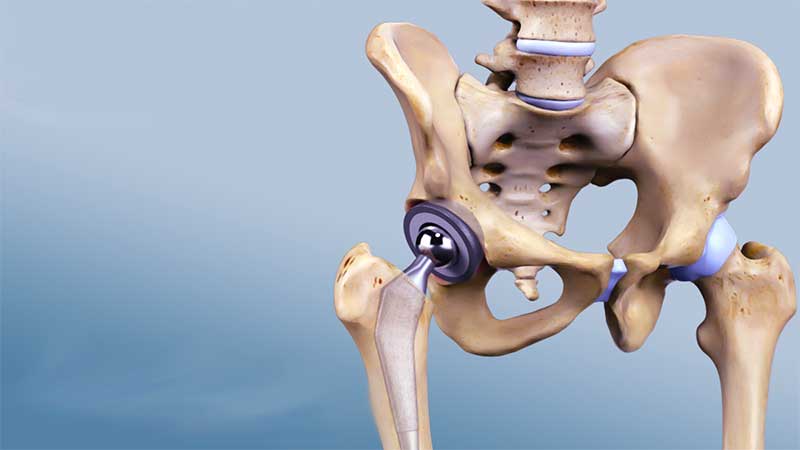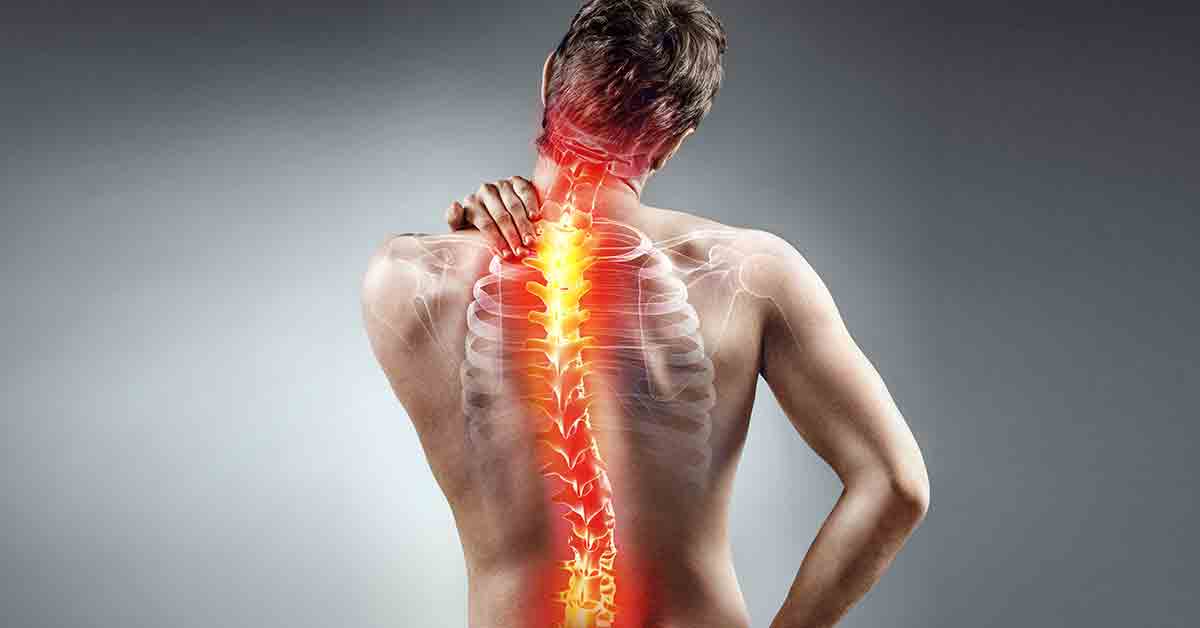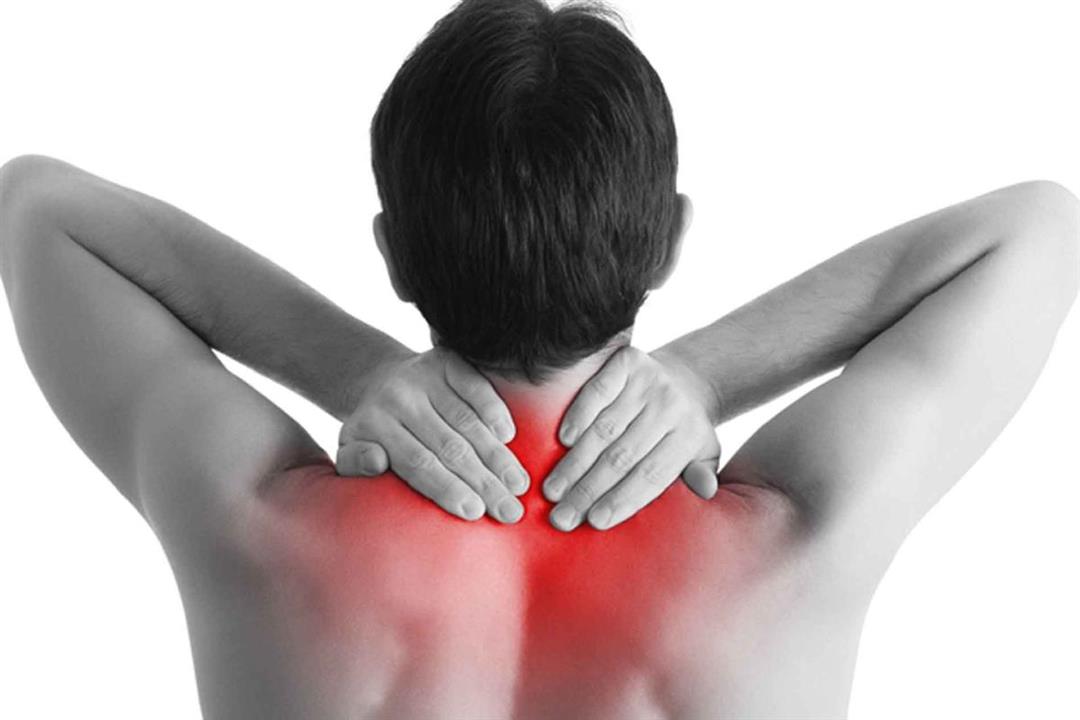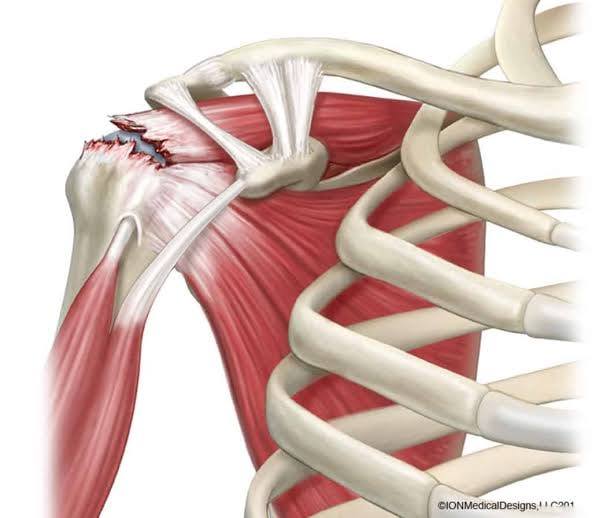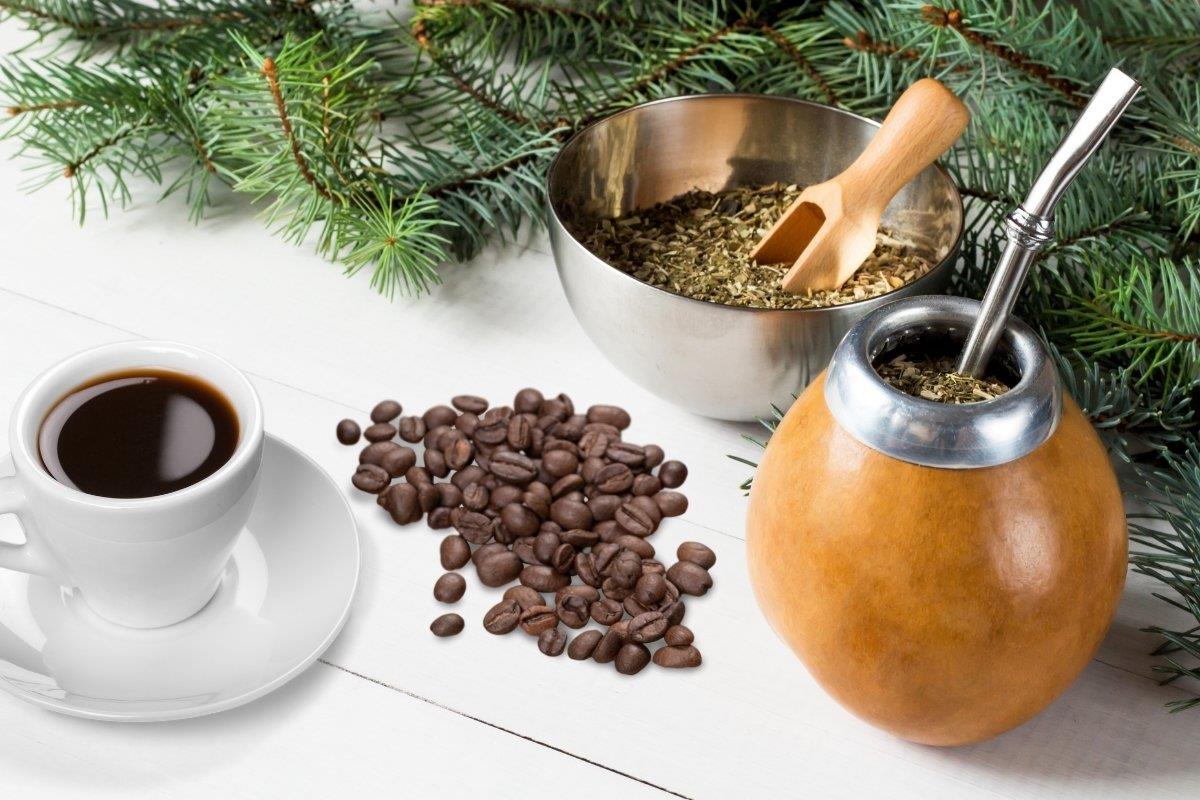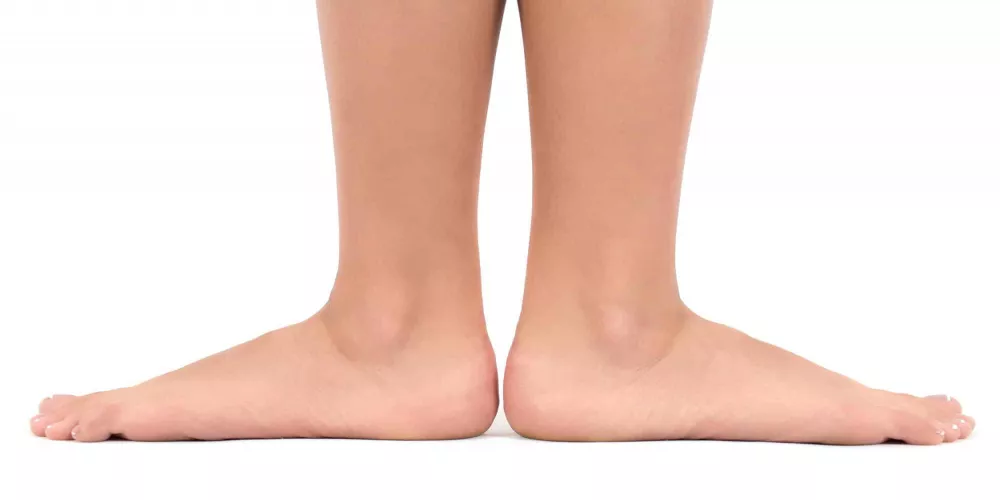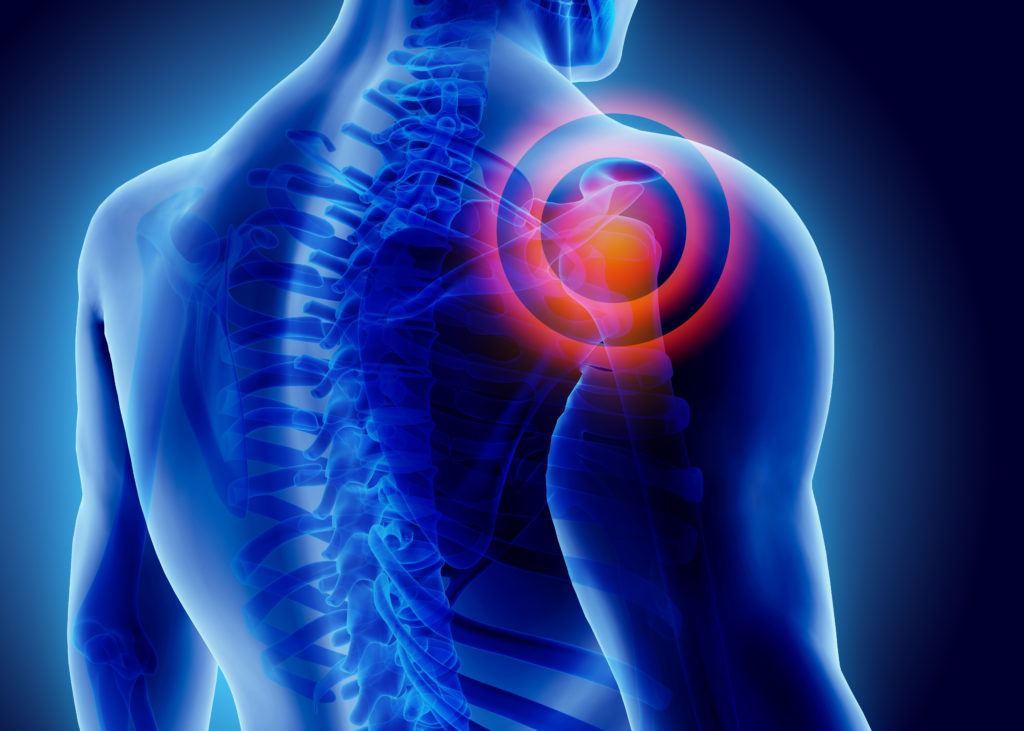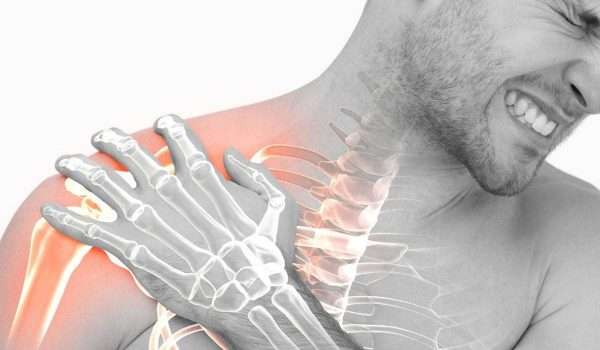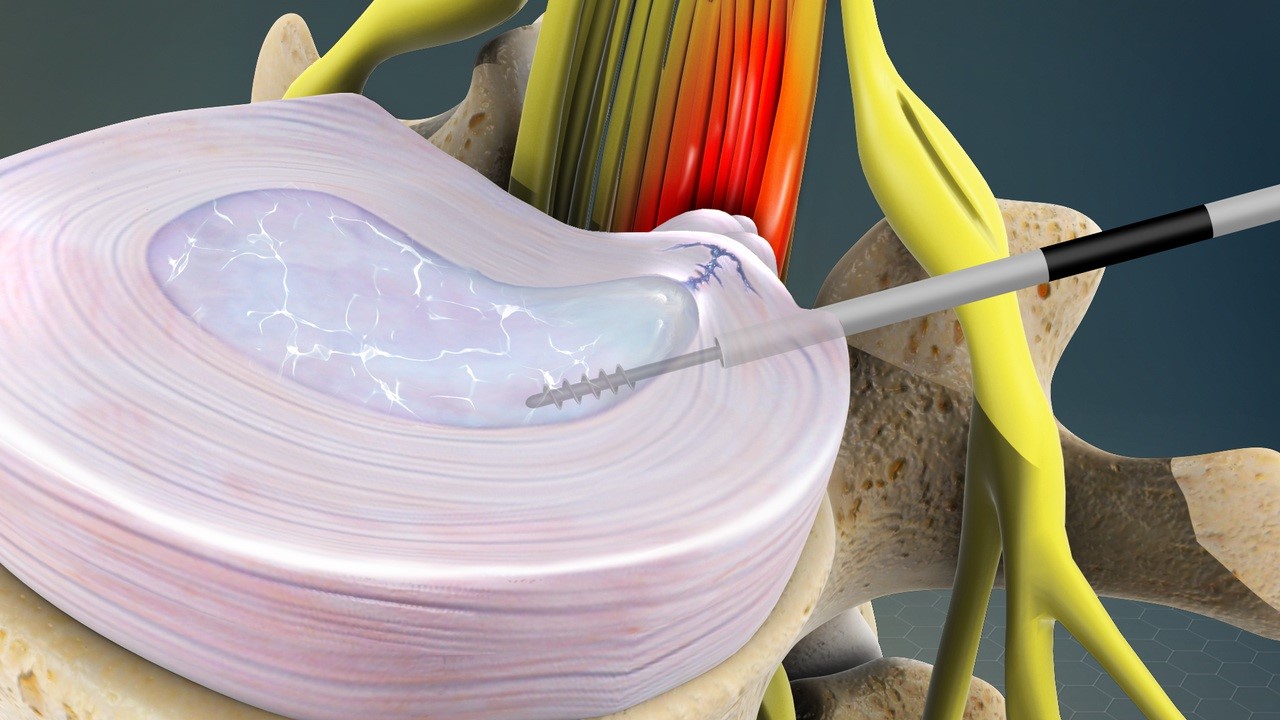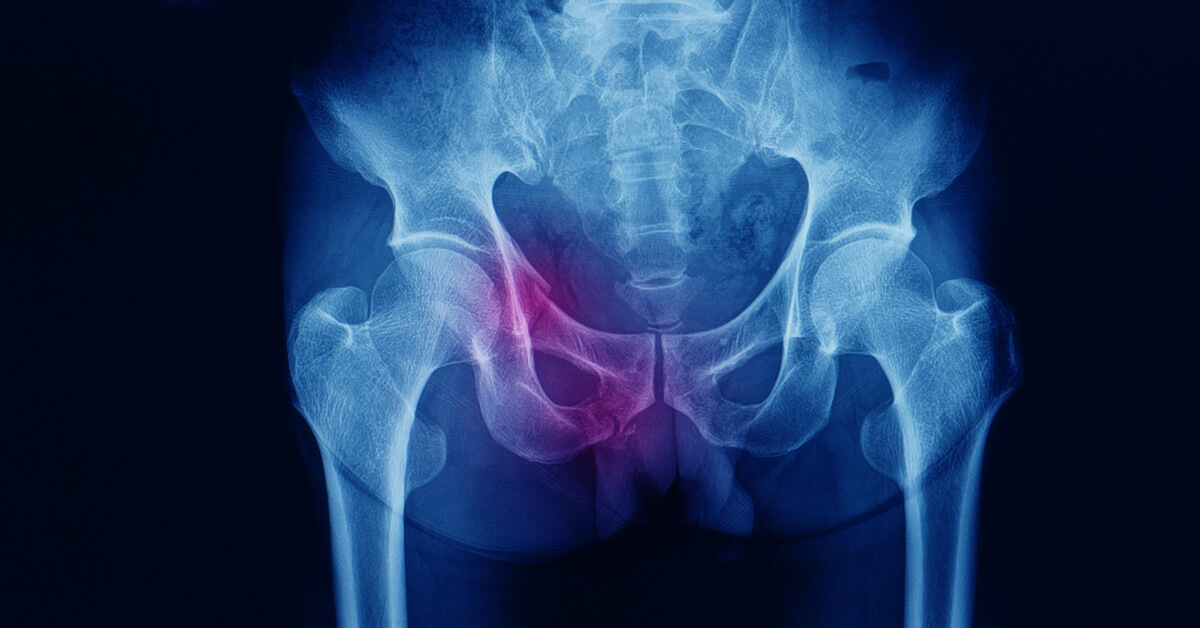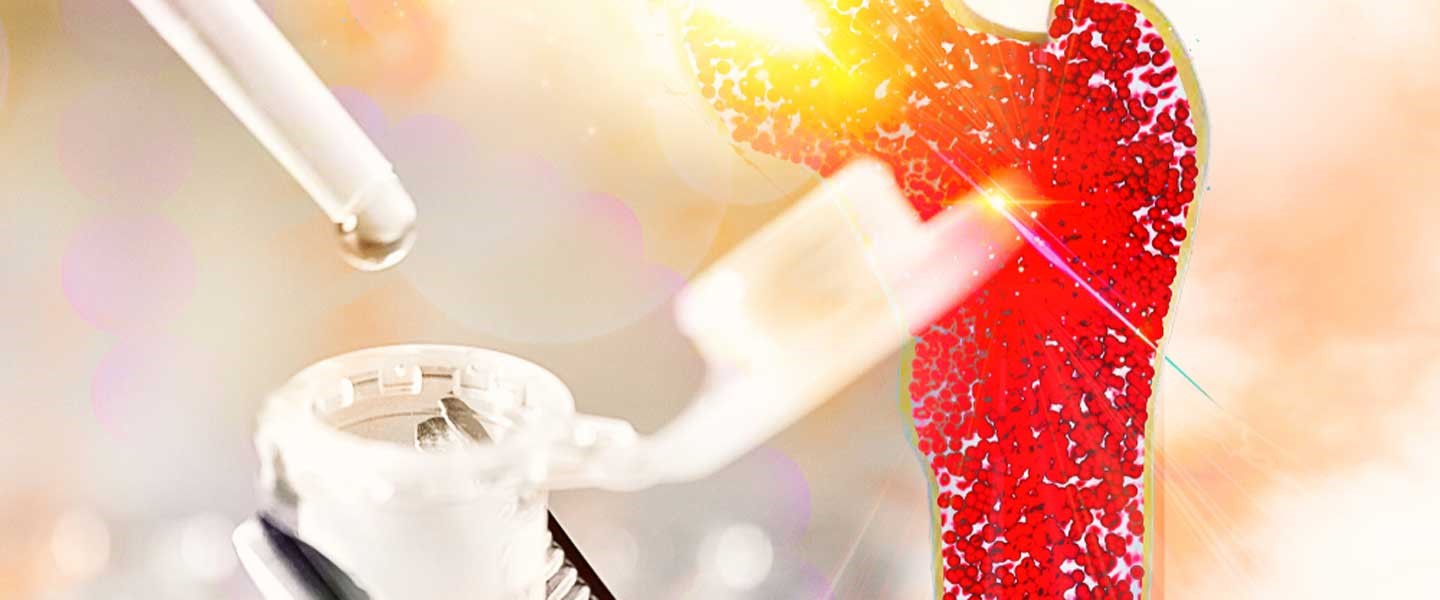Learn more about knee pain in women
Did you ever know that hormonal changes that happen to women at this stage of their lives may affect bone health in the future? Follow the following article with us to know a lot about knee and bone pain that affects women, let’s read the following.
Knee pain in women
Women are more likely than men to suffer from pain in the knee joint, in addition to the fact that its symptoms are more severe, and this is a result of the fact that women are exposed throughout their lives to some hormonal fluctuations that affect the health of their joints over time, and many symptoms indicate that there is something wrong with the knee, including:
- Suffering from severe pain in the knee joint.
- A crackling sound from the knee joint when moving it.
- Stiffness in the affected foot, and a spasm may occur in the tendons in the knee joint.
- The woman suffers from general lethargy and a lack of desire to engage in any of her daily activities.
- The appearance of swelling in the knee area is accompanied by severe pain.
- Inability to sleep deeply.
- Loss of the ability to move the knee joint freely in all directions.
- Muscle apathy and ineffectiveness in performing the slightest effort.
- Knee roughness results in severe pain.
- The presence of pain that appears and disappears from time to time and persists means that an appropriate solution must be sought immediately.
Diagnosis of knee pain in women
When trying to find a suitable treatment for knee pain that affects women, it must first be diagnosed in a good way, and this is done by following the following methods:
- Carry out a comprehensive medical examination to follow up on the extent of the development of symptoms and what is the current status of the infection.
- X-rays to make sure there are no other bone injuries or fractures.
- CT scan, through which images are taken from many directions and combined to obtain a complete picture of the structural structure of the knee joint and to discover the problem to know how to solve it.
- Doing a CT scan and an MRI scan to ensure that the joint is safe from any other injuries.
- An ultrasound scan that takes real pictures of the soft tissue structures in and around the knee.
- Follow the doctor’s instructions and perform other necessary examinations to ensure that there are no other joint injuries.
Treatment of knee pain in women
The appropriate method of treatment is determined by relying on the result of the diagnosis made by the doctor, and many methods can be followed in treatment, including:
Medication treatment
The doctor prescribes some non-steroidal anti-inflammatory drugs that reduce swelling and relieve pain, and he may also inject corticosteroids, which help calm the symptoms that appear on the joint after the injury.
Hyaluronic acid injections can also be used, which have a major role in relieving pain and the ability to move the knee naturally, and knee pain in women may also be reduced through injections of plasma, which is rich in platelets.
Natural therapy
The doctor advises women who suffer from knee pain to resort to a physiotherapy solution because of its great effectiveness in activating the nerves adjacent to the joints, and this reduces their feeling of pain, and making some cold and warm compresses alternately between each of them increases the feeling of relaxation in the muscles, and this greatly reduces pain.
High-energy ultrasound waves are used to enhance the function of blood circulation, which helps to treat damaged tissues to allow more oxygen and nutrients to reach them, in addition to its effectiveness in relieving pain and reducing swelling, and doing some exercises determined by a physiotherapist reduces pain in the knee area and prevents its stiffness and roughness.
Knee pain treatment at home
- Take plenty of rest and be careful to avoid any activities that require high physical effort and relax completely.
- Apply cold water or ice compresses to the affected area daily, more than once, for a period of 15 to 20 minutes.
- The use of supports for the knee area, which are splints, tape, or pressure bandages.
- Losing excess weight if you suffer from it.
- Maintain a healthy body and eat healthy foods.
- Persistence in doing exercises that help maintain body fitness and do not require severe pressure on the knee.
- Wear medical shoes to absorb shocks.
- Do not carry any heavy weights.
Does walking treat knee pain?
Walking is considered one of the best light sports that doctors recommend because of its great role in relieving knee and joint pain, as walking supports the body with many benefits such as enhancing blood circulation, which helps oxygen and food to reach the affected areas well, in addition to that it does not require any high physical effort at all.
Knee pain in women and its treatment
There are many questions that people ask about what causes knee pain in women? The answer lies in the fact that there is no specific reason, but rather that there are many things that lead to women getting knee pain, and the treatment of knee pain in women is as follows:
- Medicines: The patient needs medicine to relieve the pain she feels in the knee area, which has many causes, including gout and rheumatoid arthritis.
- Injections: The doctor uses some types of injections directly on the joint, such as:
- Corticosteroids: when injected into the joint, it works to calm the pain that afflicts the patient as a result of the presence of inflammation in the joints, but their results are not effective in many cases.
- Hyaluronic acid: It is very similar to the fluid in the cartilage that works to maintain the flexibility of the joints, and that is why injecting it into the knee is very effective in relieving pain and reducing inflammation, and it lasts for a long period of up to several months.
- Platelet-rich plasma: This type of injection contains compounds that speed up the healing process and reduce inflammation, and this type of joint is used in the treatment of osteoarthritis.
- Surgery: Some very deteriorating cases require surgical intervention immediately to permanently treat the problem, and examples of operations that are performed to treat knee pain include:
- Arthroscopic surgery: The surgeon performs this operation by using long and thin tools or a fiber-optic camera to examine and repair the damaged joint, this is done by making small incisions around the knee, and this process is also used to remove damaged cartilage, removing damaged bodies in the knee joint, and rebuild damaged ligaments.
- Partial knee replacement surgery: In this process, the doctor replaces the damaged parts of the knee with some plastic and metal parts, and this is done by making incisions in the knee, and this speeds up the healing process.
- Total knee replacement: During this procedure, damaged parts of the thigh and kneecap are removed and an artificial part is replaced.
- Osteotomy: In this process, part of the shin or thigh bones is removed to relieve pressure on the knee and thus reduce pain resulting from arthritis, and this avoids the disease, even if temporarily, the complete replacement process.
Tips for relieving knee pain in women
- When taking a break, it should be in a known amount, because excessive amounts of it lead to counterproductive results and exacerbate the pain.
- Cardio exercises to strengthen the knee muscles and increase their flexibility.
- Heart patients may engage in light sports such as water aerobics, walking, swimming, or cycling.
- Use a crutch while walking to avoid any collision or fall.
- The use of both braces and splints to maintain the stability of the knee.
Causes of knee pain in women
Many causes result in knee pain in women, as some of them may be the result of certain diseases that affect them, and others may be the result of injuries or several other factors, and here are some of them.
Knee pain in women due to some diseases
Many diseases may cause knee pain in women, for example:
- Arthritis: This may be a result of rheumatoid arthritis or degenerative arthritis, which is a symptom of each of them feeling severe pain in the knee area as a result of cartilage erosion, and a symptom of rheumatoid arthritis is the presence of pain in the knee when it is bent and straightened, and this is also the cause of left and right knee pain.
- Bakir cyst: It is in the form of a fluid-filled sac behind the knee, which results in a rupture of the meniscus. It may be a symptom of arthritis, and it also causes stiffness in the affected foot.
- Gout: This occurs as a result of the high level of uric acid in the body, and this results in severe pain in the knee joint, accompanied by heat and redness.
- Bacterial knee arthritis: This is a cause of knee pain in women, and it appears suddenly and very violently, especially when the body is in motion.
- Bursitis: Women develop this as a result of repetitive activities that put excessive pressure on the knee joint, such as kneeling or bending.
- Cancer: Bone cancer may be a cause of knee pain that women feel as a result of cancer cells forming directly on parts of the bone or extending from another area of the body to it.
Knee pain in women due to some injuries
The occurrence of a knee injury that causes damage or rupture in the ligaments of the sac has a role in the appearance of knee pain in women, and the location of the pain is different according to the ligament in which the injury occurred, such as the following:
- Medial collateral ligament: causes pain in the knee from the outside.
- Lateral collateral ligament: results in pain in the knee from the inside.
- Anterior cruciate ligament: It causes pain in the knee similar to the sound of popping.
- Posterior cruciate ligament causes pain behind the knee and loss of balance.
Does vitamin D deficiency cause knee pain?
Vitamin D plays a very big role in stimulating the body’s ability to absorb calcium, which is beneficial for bone health in a good way, and for this reason, suffering from vitamin D deficiency is the cause of many joint and muscle pains, and for this reason, it may affect the knee area and be the cause of it.
Causes of knee pain from the inner side
- Excessive stress on the knee joint on hard surfaces.
- Doing activities that require strong physical effort may result in damage to the knee area.
- A direct hit to the area.
- Catching a bacterial infection in the cyst.
- The emergence of some complications as a result of infection with some diseases such as osteomyelitis, rheumatoid arthritis, and gout.
Causes of knee pain when bent
- An injury or sprain in the ligaments.
- Exposure to a cut in the cartilage.
- arthritis.
- Osteoporosis.
- Runner’s knee.
- The occurrence of bursitis.
Does cold cause knee pain?
In cold climates, the synovial fluid is thicker and stickier, and its movement is not as easy as usual, and given that its role is to absorb shocks in the joint, this leads to stiffness of the joints and results in severe knee pain.
What is the natural treatment for knee pain?
Many physiotherapy methods are used to relieve knee pain, and here are some of them:
- Ensure complete rest and avoid any activities that require strong physical effort.
- When sitting, the affected foot should be raised above the level of the rest of the body, and some pillows can be used to do so.
- Do warm and cold water compresses alternately between each of them more than once a day.
- Wearing a knee brace to reduce fluid retention within the affected tissues, taking care not to exaggerate the severity.
- Regular exercise to maintain high physical fitness.
- Applying herbal ointments that contain ginger, cinnamon, mastic, and sesame oil, because studies have shown similar effects with drugs that contain salicylic acid.
- Take care to lose excess weight to relieve pressure on the knee joint and eat foods that contain vitamins and many benefits.
- Adopting correct and proper sitting positions to prevent the increase in pain and help in relaxation.
- Wear medical and comfortable shoes.
- Avoid staying standing or sitting for long periods.
How do you know you have a knee injury?
You must realize that something is wrong with the knee area when you notice any of the following symptoms:
- A popping sound is coming from the knee area.
- Loss of ability to control the movement of the affected foot.
- Feeling severe pain when moving the knee or staying still.
- Increased pain when trying to stand.
- The ability to walk normally is significantly affected.
- The appearance of swelling accompanied by redness and heat emanating from the knee.
- Inability to fully bend or straighten the knee.
- Loss of ability to balance.
- The appearance of bruises on separate areas around the skin in the area of the injury.

